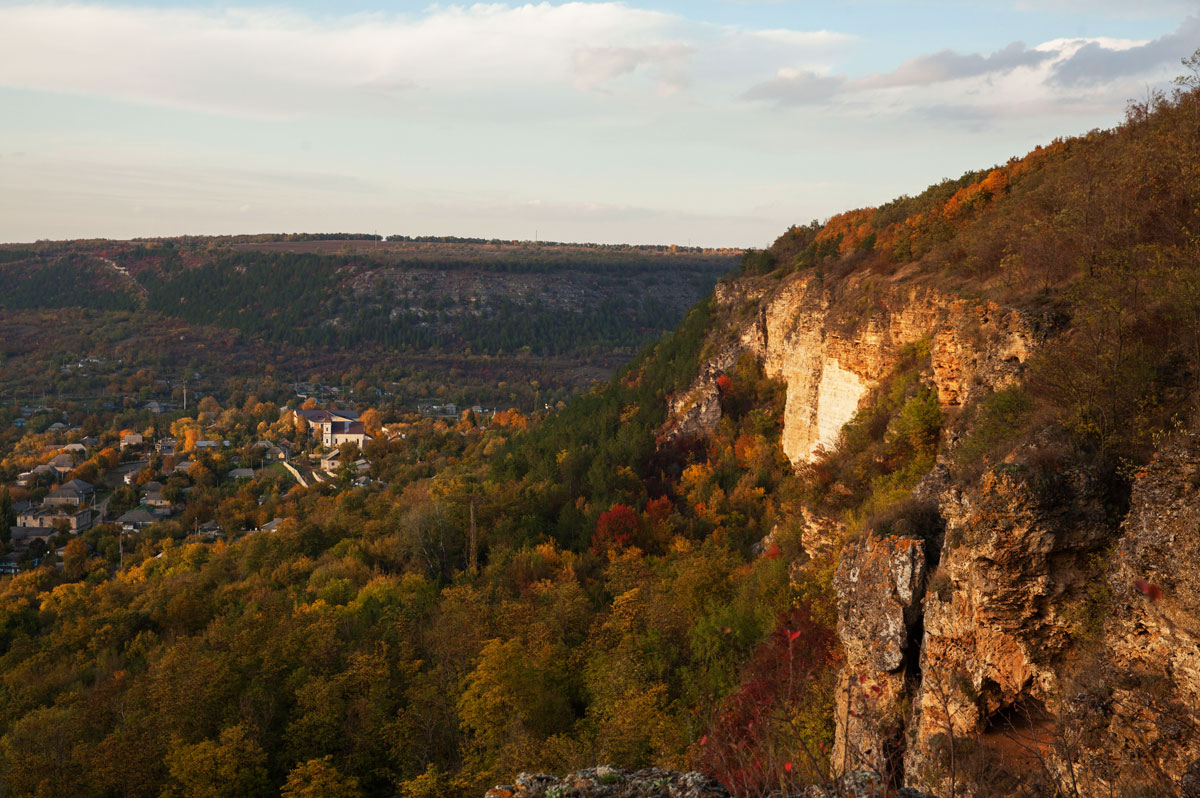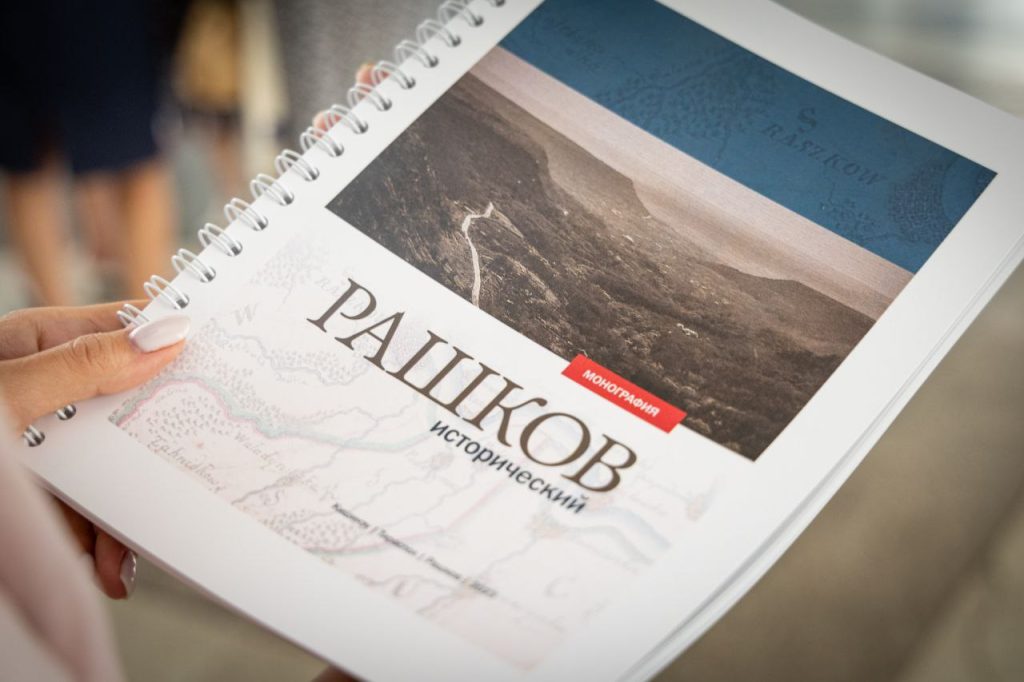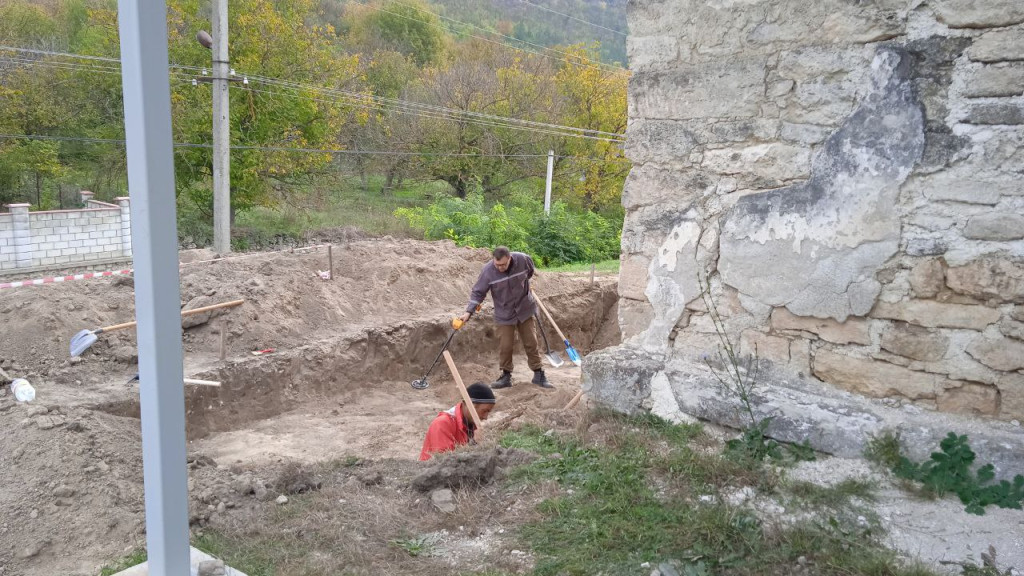There are remote corners where time seems to stand still. The ancient ruins and picturesque valleys there invite contemplation. Every pebble and path keeps its secrets. One of these places is the small village of Rashkov - a real open-air museum.
Rashkov is the oldest rural settlement on the left bank of the Dniester in Pridnestrovie. Many archaeological excavations were carried out here. Research has shown that people chose this picturesque region in ancient times, from 10 to 40 thousand years ago.
The ancient settlement is known throughout Moldova for the fact that centuries ago it was the center of several religions: Orthodoxy, Catholicism and Judaism.
Plunge into the rich past of the ancient region
At one time, there were seven Orthodox churches, as well as a Catholic church and a synagogue. The town was located at the intersection of the borders of medieval principalities and from time to time passed into the possession of different rulers. In the 17th century, Rashkov was part of the Principality of Lithuania. This is how Catholics appeared in these places.
The oldest Catholic church in Moldova is still preserved in its original form. The building with Baroque elements from 1786 is a classic example of the architecture of Catholic churches of that time.
At the beginning of the 19th century, the lands of Rashkov were part of the Boyaclav Voivodeship of the Polish-Lithuanian Commonwealth. And they were owned by the Polish tycoon Lyubomirsky. At the beginning of the 18th century, Rashkov became a major religious center. Armenians who arrived from Moldova and Crimea settle here.
Rashkov's economic heyday dates back to the 18th century. As local historians say, a wise tycoon lived in the city who managed to unite the multinational people.
In the 18th century, many people of different nationalities lived in Rashkov. Russians, Ukrainians, Moldovans, Poles, Jews, Greeks, Germans, Armenians. There is no documentary evidence that there were hostile relations between these peoples.
During the same period, as many as seven Orthodox churches were built in Rashkov. One of them, the Holy Trinity, has survived to this day. The stone church with a small bell tower served as a warehouse during Soviet times, and later as a registry office. The architectural monument miraculously remained intact. He is also famous throughout Moldova for his miraculous icon.
Here is the icon of the Savior not made by hands. When this temple was built, there was a disaster in our area - there was no rain. They made a religious procession with this icon. But they made an unusual move - not around the village, but in the shape of a cross. After the religious procession ended, it immediately began to rain,” said Archpriest Dimitry, rector of the Church of the Holy Trinity.
If we can see the Catholic Church and the Orthodox Church today, then, unfortunately, the oldest synagogue in Moldova has not survived. It was built in the Rococo style and was the center of the spiritual life of the Jewish community of Rashkov.
The width of the wall here is almost 2.5 meters. It turns out that they were built using special technology. The lime was supposed to last for three years, then an egg and wool and fiber were added to the solution for binding and warmth. This building is more than 260 years old.
The synagogue consisted of three parts - men's and women's chapels, as well as a room where the elders gathered and decided the fate of the community.
The first historical information about Jews in Rashkov dates back to 1637. These were immigrants from Ukraine, Austria and Poland. Rashkov becomes a major religious center, where Jews make up the majority of the population. As of 1897, there is a description that 3,201 Jews lived in Rashkov. At one time, there was a Jewish school and two Jewish women’s schools in Rashkov.
Jews left these lands in the 20s of the last century and moved to the neighboring village beyond the Dniester - Vadul-Rashkov. After their departure, the vault of the synagogue was destroyed. Locals say that there are plans to preserve the building and put it in order over time. In the meantime, this is a beautiful old scenery.
View a cultural heritage monument
Not far from the synagogue there is another ancient attraction - a spring shrouded in medieval legends. As legend has it, the union of Hetman Ukraine and Moldova was sealed by the marriage of Timofey Khmelnitsky with the daughter of the Moldavian ruler Vasily Lupu - Ruksanda. Shortly after the wedding, Timofey Khmelnitsky was mortally wounded in battle.
According to legend, Ruksanda mourned her husband for many years. From her tears a crystal clear spring was formed, which began to be called the “Source of the Lady”. According to legend, the water of this source helps against failures in love.
The spring attracts with its healing properties, and not just with its mysterious legend. Soft alkaline water has a constant temperature of +10 degrees. It helps with stomach and kidney diseases.
Today this water is used by the entire social sphere of our village and the legend still exists in the village. Everyone who drinks this water stays in Rashkovo. I say differently - anyone who has visited these places once will definitely express a desire and come to Rashkov to try this water again.
Take a walk among the colorful forest
In fact, the stream originates in the mountains. A sheer cliff covers the village on one side. It also pleases the eye with its colorful forests. It is especially beautiful here in autumn.
The rich undergrowth colors the landscape in crimson, amber and emerald in autumn. On the slopes of the rock you can find dogwood trees, rose hips, wild apple trees and medicinal herbs. And from the very top of the rock there are impressive views of the village and the Dniester.
The most beautiful rock is red, as it is popularly called, because at sunset it can take on completely different shades of red: from soft pink to crimson.
Climb an unusual rock
The residents of Rashkov also call the rock “chervonka”. The unusual rock, 50 meters high and half a kilometer wide, is shrouded in mystical stories and is also known for tragic events.
The collapse itself occurred on June 14, 1941 as a result of heavy torrential rains. Five houses were damaged. The house and all family members went completely underground: nine children and two adults. The second collapse occurred on July 19, 2007. By pure chance, no one was hurt there.
Golden autumn is a wonderful time to travel to Rashkov. But if a tourist comes here in the summer, or even in winter, then we advise you to look at the hacienda in the neighboring village of Sadki.
Eat organic berries, honey and nuts
The hacienda is spread over four hectares in a picturesque corner between the forest and the Dniester. On the site there are berry fields, an apiary, and lakes. People come here to relax from the bustle and noise of the city - the nearest road is several kilometers away.
“The impressions are very good. The person who created this beauty did a great job. Nature, trees, lake, fresh air. This is my first time here and I’m simply amazed by this beauty,” said tourist Vladimir Zhakota.
Viktor Alekseevich is in charge of everything on the hacienda. The farmer says that over time, his dacha hobby grew into his life’s work.
“During the union there were dispensaries. So the idea was created for a person to come and drink spring water, and it is very good here. They did tests in Chisinau - on all indicators, and ate berries: raspberries, blackberries, currants, lay on bees, steamed in vats of lavender. Well, I rested for a week and went to work with full force,” says the owner of the hacienda, Victor Muzyka.
You can also take a Japanese bath in Moldova. Ofuro is the main feature of the hacienda. This is a Japanese style bathhouse. A decoction of lavender, linden blossom and other medicinal herbs are added to vats of water. Throughout the entire session, the water temperature is maintained at 38 degrees.
“I really like it here. A Japanese sauna with infusions of various herbs and lavender is a very pleasant and relaxing relaxation. The water is quite warm, but will soon heat up even more. And the smell of lavender and firewood creates a very pleasant feeling,” says tourist Octavian Bodareu.
It is believed that ofuro helps to achieve harmony of body and spirit, relieves fatigue and restores strength.
“Before this, I visited Japan several times for work. The baths, of course, are traditional there. And this is something new, comfortable and pleasant, by the way,” says tourist from Russia Igor Chernov.
The village of Rashkov is an excellent option for an eventful one-day trip to the north of Moldova. Just 150 km from Chisinau there is a beautiful place with a rich history, which has not yet been spoiled by the attention of tourists. Grab your backpacks and go hiking.


